This week will be all about Climate Change. There has been an increase in changes in our climate, the average weather conditions for a certain area, in recent times because of the choices humans are making. Check out this link to learn more about climate change.
Before we jump into this week, you need to start with your whole family taking the Climate Action Heroes Quiz from the National Children’s Museum. Find out what your Earth-saving superpower is. Are you a community captain? An arbor avenger? A water warrior? A mighty meteorologist? Or are you on the pollinator patrol? Click the image below to find out!
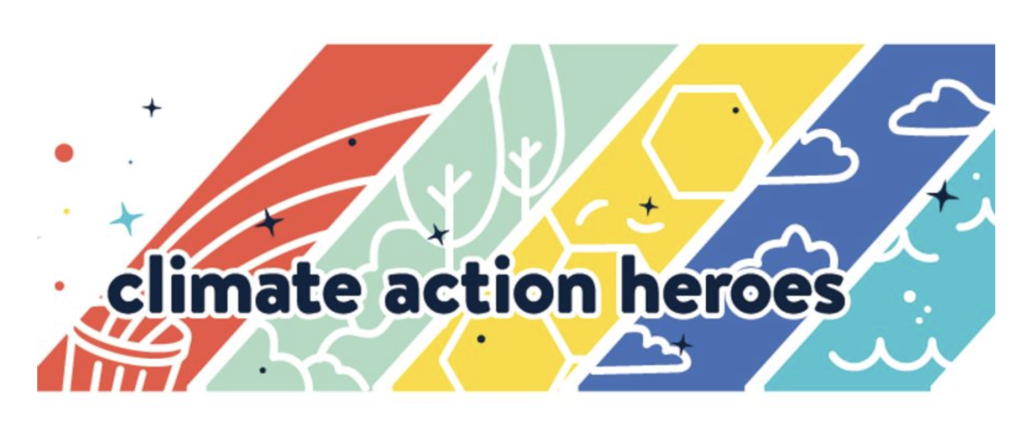
Challenge Accepted
Your challenge this week is to become citizen scientists. Citizen scientists collect data to help scientists monitor nature. Join in the “Watch the Wild” group helping scientists study climate change in our area to help us adapt in the future. Click the image to find out how to join!
Virtual Field Trip
This virtual field trip puts you in the driver’s seat of climate change! Take on these fun simulation games from Climate Kids NASA. Help offset carbon emissions so the Earth doesn’t become too warm, protect them coral reef, and collect wind and solar energy to power the town! Click the image to get the games.
Podcast
Our ‘podcast’ this week is from Wonderopolis! Let’s find out more about our carbon footprint: what is a carbon footprint and how big is yours? Check out the video, text, and extra resources! Wonderopolis is a great website that dives into questions kids are curious about. They post a new wonder every day! You can also click here to find out your family’s Carbon Footprint.
Phenomenon
Today’s phenomena is to take a closer look at how our planet has changed over time. Click here to check out NASA’s climate change time machine to see how sea ice, sea levels, carbon dioxide emission, and global temperatures have changed. What do you notice? What do you wonder? What does it make you think?
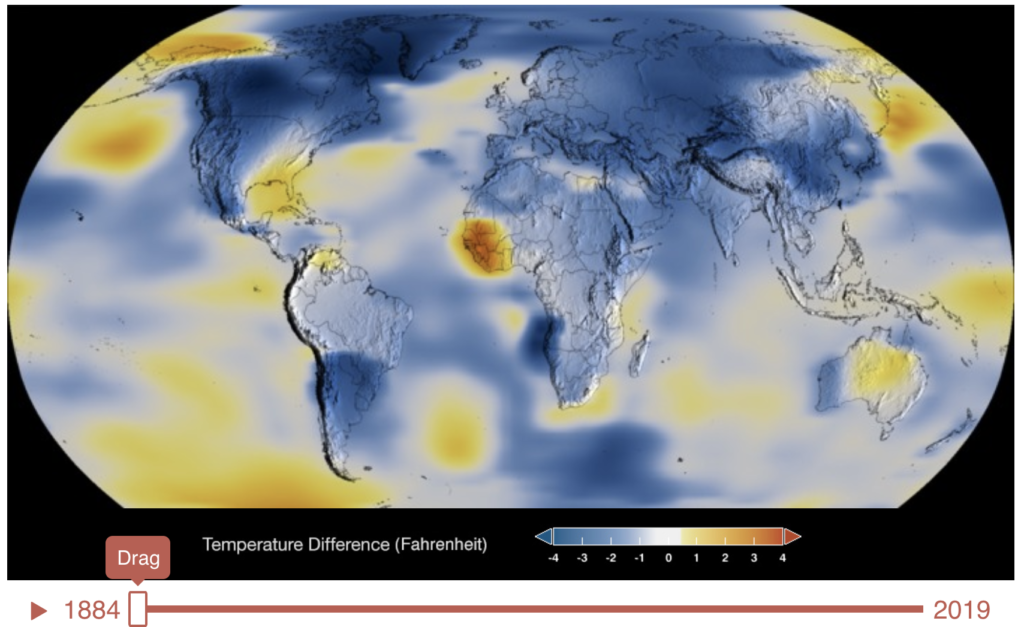
1884 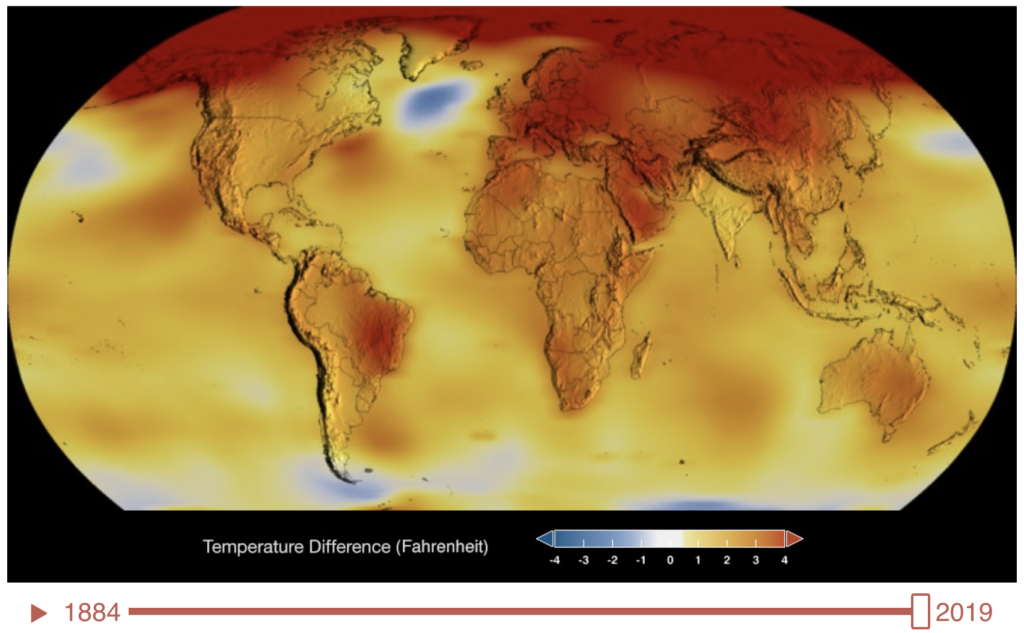
STEM Stories
One of the biggest effects of climate change is global warming and the melting of glaciers. Check out the story, “Save the Arctic” by Bethany Stahl by clicking the image below.

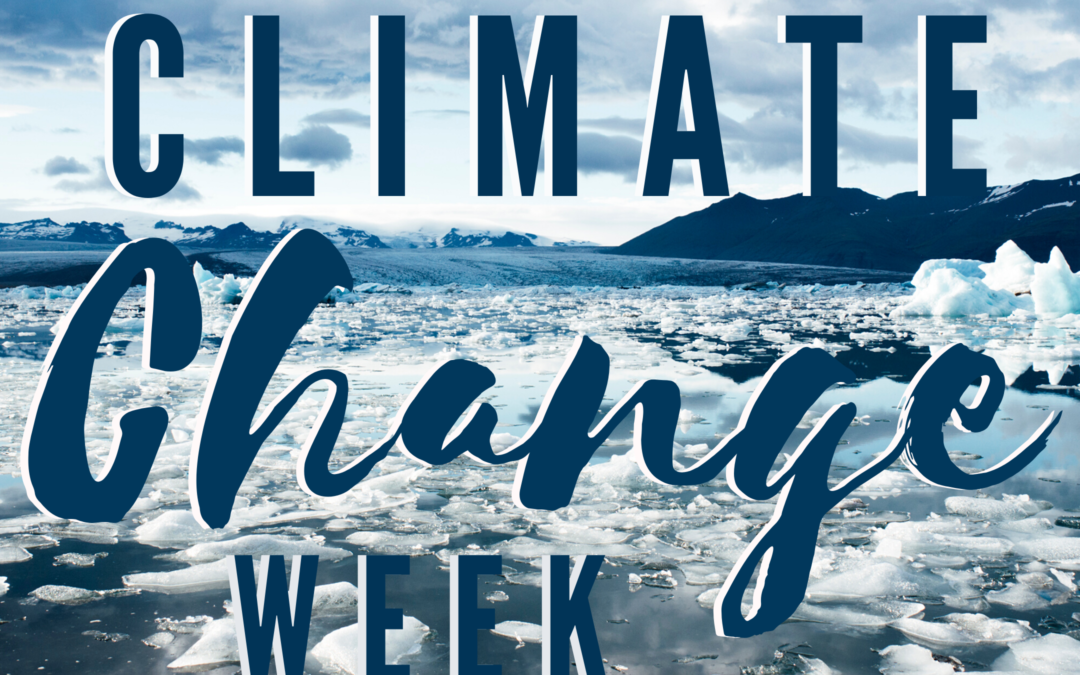
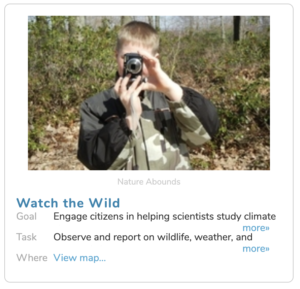
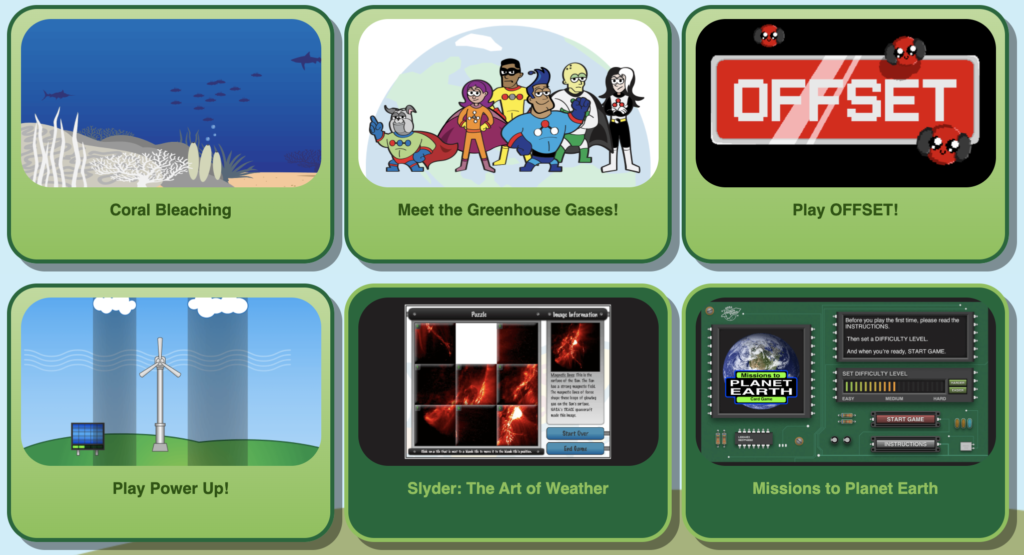

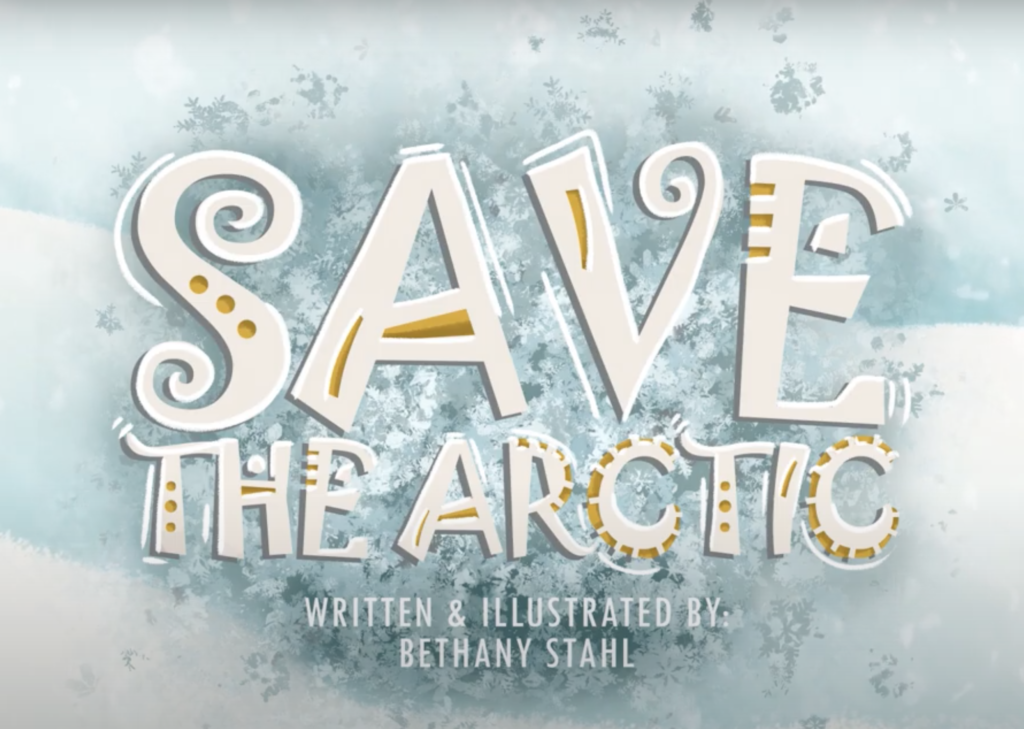

Recent Comments